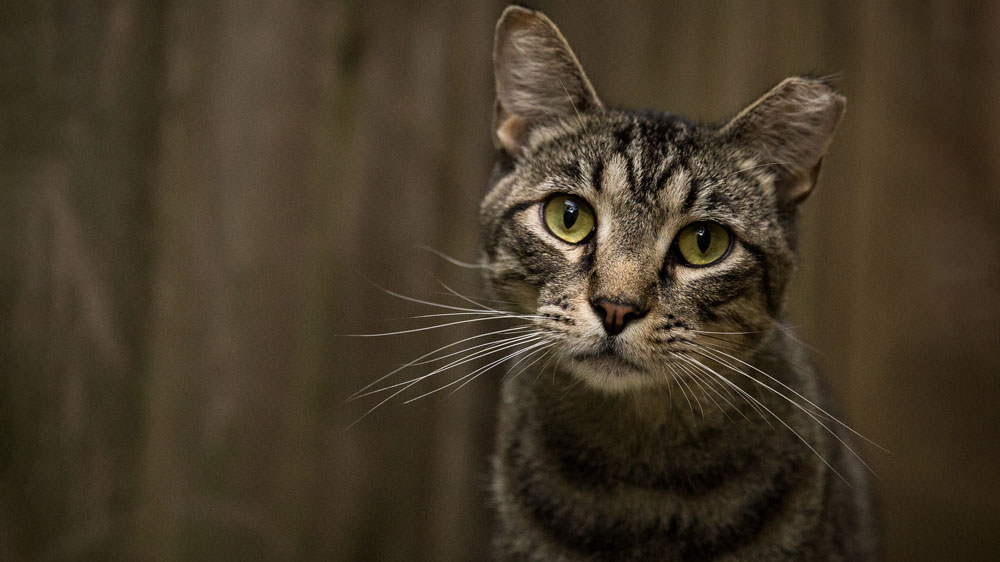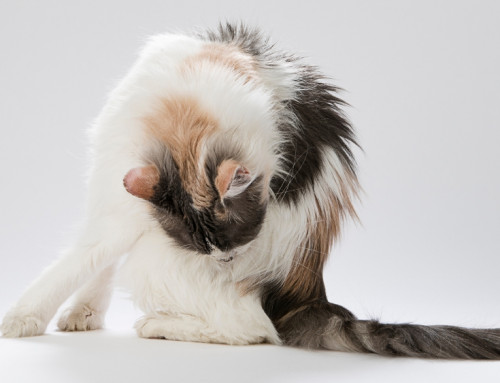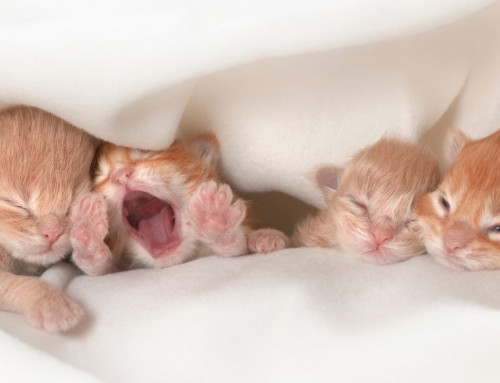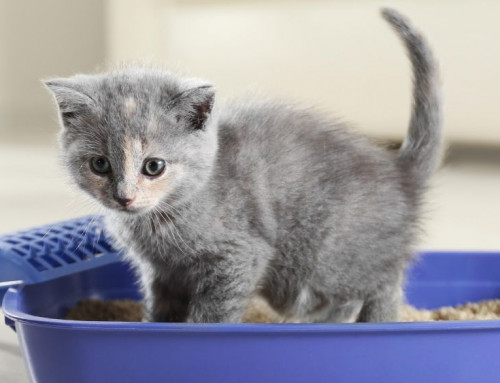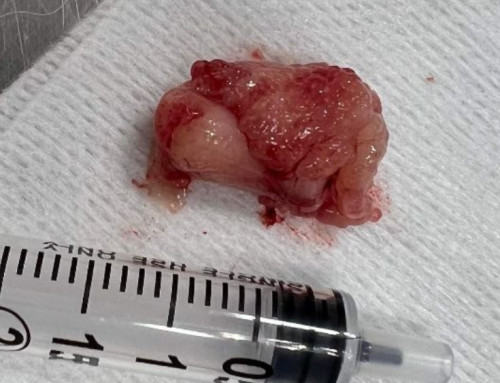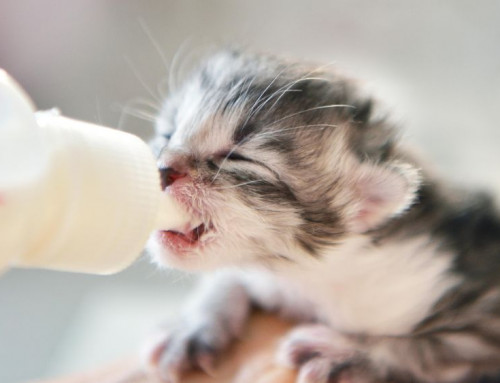Share this resource or email it to a friend!
TNR had its beginnings in the United Kingdom in the 1970s and 80s. Since that time, it has spread worldwide as a tool to manage feral cats.
Feral cats originate from other feral cats as well as lost or abandoned pet cats who haven’t been spayed and whose contact with humans has lessened over time.
Feral cats are typically born outdoors and live in groups, known as colonies, consisting of related females. They initially have little to no contact with people until they’re discovered and then fed by a kind-hearted individual. Although most feral cats fear people and aren’t suitable to live as pets indoors, they may not run from the person who feeds them. They may allow some petting or none. Lost, or abandoned pet cats may allow petting and meow.
It’s critical to TNR feral cats and kittens as soon as possible because their numbers can grow rapidly. Pregnancy can occur as early as 3-1/2 months of age depending on the season and an individual’s breed and body condition. Preventing the birth of more kittens is so important; fortunately, there are many organizations that help caring individuals TNR feral cats.
At a minimum, TNR involves humanely trapping feral cats and kittens, spaying or neutering them, vaccinating them against rabies, tipping their ear (the universal sign of a sterilized cat) and returning them to their safe outdoor home.
Feral cats are not “returned to the wild,” since they commonly live near people where food sources, such as restaurant dumpsters and garbage bins or people who feed them, and shelter, such as under a porch or shed, are available.
TNR is most efficient and effective when all the cats are trapped and spayed/neutered in a few day’s time. Once spayed and neutered and if resources are plentiful, some males may also live in the colony. Ideally, kittens young enough to be socialized are not returned outdoors; they are fostered for adoption.
TNR has many benefits. It:
- Improves the health of feral cats because females are no longer reproducing, males are no longer fighting over females and kittens, whose mortality rate is high, are no longer being born.
- Brings down the number of cats immediately because kittens young enough to be socialized are ideally removed from the colony for fostering, socialization and adoption.
- Diminishes the number of cats over time because colonies are monitored for newcomers, who are spayed or neutered as soon as possible.
- Lowers or eliminates nuisance behaviors, such as spraying and yowling, because neutered cats no longer fight over mates. In addition, the urine of neutered cats doesn’t stink like that of un-neutered cats.
- Lessens the transmission of feline diseases, such as Feline Immunodeficiency Virus, which is spread during fighting through deep bite wounds, and Feline Leukemia Virus, which is spread from queen to kittens.
- Reduces the incidence of rabies, which can affect humans, because cats receive vaccinations against rabies.
- Decreases the number of cats dying because shelters and rescues support non-lethal management of feral cats through TNR.
If you foster kittens, it’s likely you’ll have the opportunity to socialize feral kittens for adoption. With knowledge and patience, socializing feral kittens younger than 8 weeks of age is an extremely rewarding experience. Kittens older than 8 weeks of age may sometimes also benefit from socialization.

